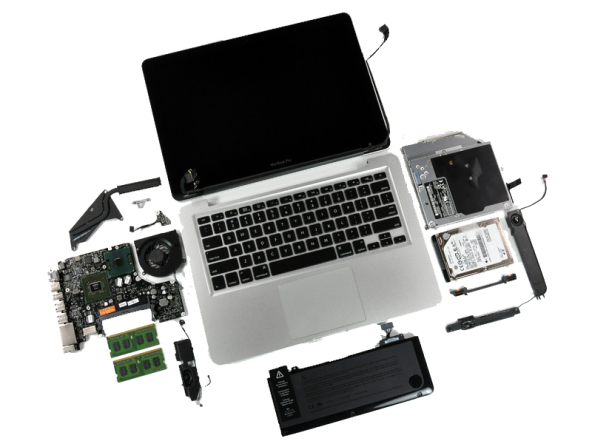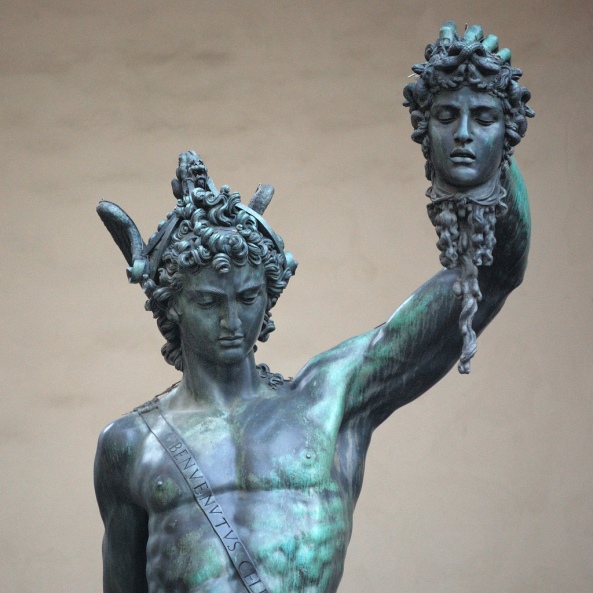Directly after I finished Lightness: Calvino’s Quality, I knew what my emblem for this quality should be: an iMac. The product itself is physically very light but it has the power of a work-horse: 8GB of RAM, 1 TB of storage, super fast graphics cards, and efficient wifi cards…
But the concept of Lightness with this iMac goes much deeper. It is the perfect example of thoughtful lightness as opposed to frivolous lightness and every time I think of Lightness, I think of an iMac. As I explained in my Analogy post, the inner machinations of a computer can become very complicated very quickly. However, when you use any OSX device, you are not overwhelmed by it’s intricacies. The user interface is so intuitive that it’s operational for a 7-year-old and a 70-year-old. Obviously, I’m a biased user; I know there are PC’s out there that have the qualities of Lightness, but Apple products consistently portray this quality. I did a bit of surgery on my own MacBook Pro pretty recently and I was surprised with how beautiful the computer looked when the back casing was taken off. I’ve opened up PC’s before and looked into their dusty depths, so I know that there isn’t a comparison.
When you open up an Apple product, it looks like a puzzle. Everything has a very very specific place and everything fits in with the least amount of wasted space. After looking at the insides of an iMac, you can’t image that the parts could be arranged any other way. Everything about this product is smooth, finished, calculated, and clean. Even though the computer can be complicated, it doesn’t seem that way.



